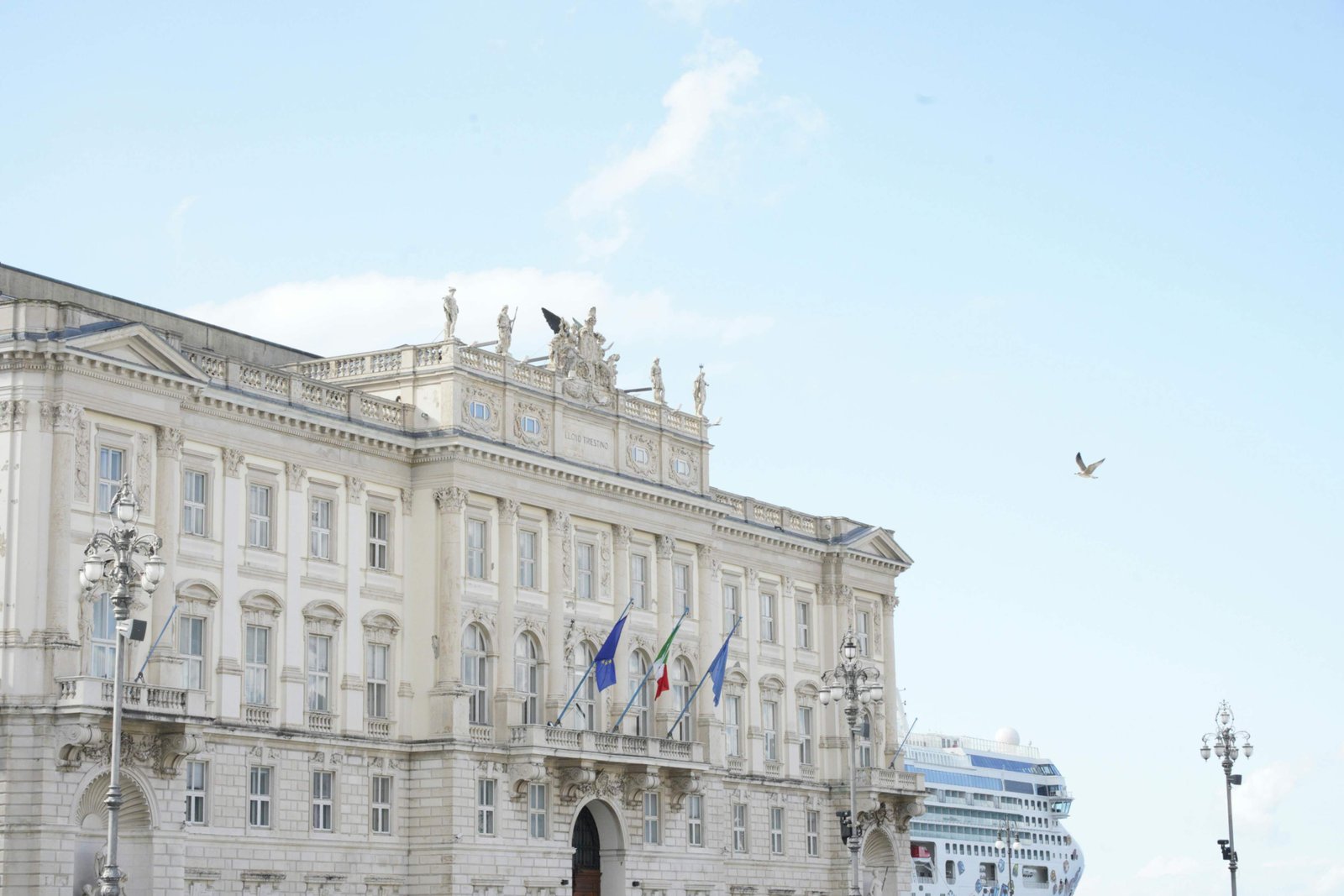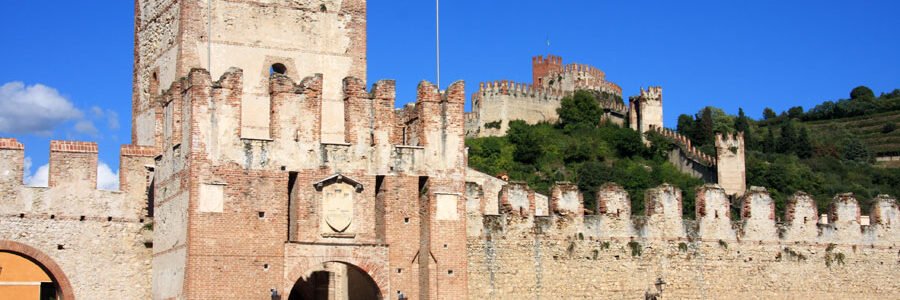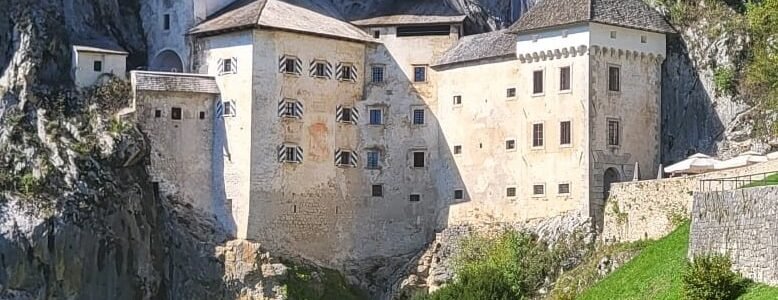How to get from
Vienna to Trieste
How to get from Vienna to Trieste
Route Description
Vienna and Trieste are about 480 kilometers apart, connected by a route that moves from Austria’s imperial capital through alpine valleys and the Slovenian interior before reaching the Adriatic coast. Depending on the type of transport, travel time ranges from 5 to 8 hours. Because both cities belong to major Central European corridors, travelers can choose among several reliable options, including direct trains, long-distance buses, private transfers, flights with connections, and self-driving. Each mode offers a different balance of speed, comfort, and flexibility, making this route suitable for both quick business travel and relaxed sightseeing itineraries.
Private Transfer: Direct and Customizable
A private transfer from Vienna to Trieste is the smoothest way to complete the trip without worrying about routes, timetables, or border delays. The average travel time is around five and a half hours, depending on traffic and preferred stops. This option stands out for its ability to personalize the route, making it more than just a point-to-point connection.
Travelers who enjoy adding cultural or scenic breaks can request short visits along the way. One popular stop is Franzensburg, a romantic lakeside castle inside Laxenburg Park on the edge of Vienna. Further along the journey, the route naturally passes through Slovenia, where Ljubljana offers an ideal break for lunch or a short walk along the river. Near the Italian border, many travelers choose to visit Miramare Castle, the 19th-century seaside residence surrounded by gardens overlooking the Gulf of Trieste. These detours don’t significantly extend total travel time but make the journey feel richer and more memorable.
Private transfers use comfortable vehicles equipped with Wi-Fi, climate control, and enough luggage space for longer trips. It’s the most convenient option for families, small groups, and travelers who prefer stress-free transport with full control over timing.
By the wheel from Vienna to Trieste
Driving yourself allows complete independence and the ability to explore the alpine and karst landscapes at your own pace. The most common route follows the A2 motorway from Vienna toward Graz, then continues into Slovenia via the Karawanks corridor, eventually entering Italy near Trieste. This entire stretch is well maintained, with clear signage and regular rest areas.
The total driving time is around five to six hours, depending on the number of breaks. Motorway tolls apply in Austria, and you will also need a vignette for Slovenia. Fuel costs for the journey usually fall between €50 and €60 depending on the car. The scenery shifts gradually – first broad fields around Lower Austria, then green hills near Graz, followed by the more rugged terrain of northern Slovenia.
Drivers should be aware of potential delays during holiday weekends, especially near the Graz–Maribor corridor and sections close to the Italian border. Parking in Trieste is available near the Old Port, the train station, and several public garages, although spaces in the historic center can be limited.
Train Connections
Train travel between Vienna and Trieste is straightforward and comfortable. Several daily trains run on this route, often with a connection in Villach or Udine. Total travel time ranges from six to eight hours depending on the chosen service.
Trains leaving Vienna Hauptbahnhof are modern, offering reserved seating, Wi-Fi, power outlets, and food service on most long-distance routes. Ticket prices vary between €30 and €60 when booked in advance. The scenic portion of the trip begins after Graz, where the railway cuts through valleys and passes close to lakes and mountain foothills. Crossing into Italy, the terrain opens up and gradually descends toward the Adriatic.
This option is ideal for travelers who prefer a predictable schedule and enough space to read or work along the way. Most trains arrive at Trieste Centrale, which is located directly on the waterfront and close to main attractions.
By Bus
Long-distance buses connect Vienna and Trieste several times per day, usually with a brief transfer in Ljubljana or Udine. The journey takes around seven hours. Tickets start at approximately €25, making it one of the most affordable options for this route.
Modern long-distance coaches include Wi-Fi, reclining seats, and luggage storage. Buses depart from Vienna International Bus Terminal and arrive either at Trieste Centrale station or the nearby intercity stop. This mode of transport works well for travelers who prefer straightforward travel without planning, though travel time is longer compared to driving or private transfer.
Because buses often run late at night, it’s useful to check arrival times in Trieste, especially if you’re traveling during winter when local connections run less frequently in the evening.
By Plane
Although Vienna and Trieste are not connected by direct commercial flights, it’s technically possible to fly with a short connection, usually in Rome, Frankfurt, or Munich. Total travel time, including layovers and airport transfers, often exceeds five hours and is rarely faster than other transport options.
Flight prices vary widely depending on the season, typically ranging from €120 to €220. Passengers land at Trieste Airport, located about 30 kilometers northwest of the city. A train or shuttle bus covers the remaining distance to Trieste Centrale.
Flying makes sense only if it’s already part of a larger itinerary or if ticket prices happen to be unusually low. For most travelers, ground transport remains far more practical for this route.
Choosing the Best Option for Your Trip
Private transfer – Fast and flexible, ideal for travelers who value comfort and prefer tailored stops along the route.
Driving – Good for independence and side trips through Slovenia or northern Italy.
Train – Reliable, scenic, and comfortable, though slightly slower.
Bus – Best for budget-conscious travelers seeking direct, predictable travel.
Flight – Possible but not efficient due to lack of direct services.
Your choice will depend on how much time you have, whether you want to explore along the way, and how important door-to-door service is for your trip. If you prefer not to navigate highways or deal with transfers, a private transfer offers the simplest and smoothest experience. Those planning multiple stops in Slovenia or Italy may prefer renting a car.
Travel Tips
Carry a valid ID or passport even though Austria, Slovenia, and Italy are all part of the Schengen area.
Plan for tolls and vignettes if traveling by car.
Start early if you want to stop in Ljubljana or near Miramare Castle.
During summer, traffic near seaside towns may slow down, especially on weekends.
Trieste’s center has limited parking — reserve a garage if you’re arriving by car.
Arrival in Trieste
Trieste welcomes visitors with a mix of Italian coastal architecture and Central European heritage. From Piazza Unità d’Italia to the Old Port, most landmarks are within walking distance. Travelers often begin with a stroll along the waterfront, followed by a visit to historical sites such as the Roman Theatre or San Giusto hill.
Whether you’ve traveled directly or taken time to explore castles and cities along the way, the Vienna–Trieste route offers a rewarding blend of landscapes and cultures, connecting the Alps with the Adriatic in a single day.
For event listings, maps, and official visitor information, visit the Trieste tourism portal.
Vienna to Trieste Transfer
Transfer from Vienna to Trieste provides a direct private connection from Austria’s capital to the Adriatic port city of Trieste. The route is roughly 480–500 km long, with an average travel time of about 5 hours by private car.
This private transfer is suited for travelers who prefer a comfortable, door-to-door service instead of managing train changes or bus timetables. Flexible departure times, modern vehicles, and Wi-Fi on board make the trip practical for both business and leisure travel.
- Transfer Trieste to Vienna
- Transfer Ljubljana to Trieste
- Transfer Bled to Trieste
- Trieste Stopover page
- Transfer Venice to Trieste
- Trieste Destination Page
Private Transfer from Vienna to Trieste with Optional Stops
During the Vienna to Trieste transfer, you can add flexible stops such as Graz, Maribor, or Ljubljana. Each stop can be planned in advance for a short walk, lunch break, or quick visit, while keeping your overall schedule under control.
Why Travelers Choose the Vienna to Trieste Transfer
- Typical travel time: around 5 hours in standard traffic conditions
- Private vehicles with Wi-Fi, air conditioning, and ample luggage space
- Pickup from any Vienna address, hotel, or central station area
- Option to include rest or sightseeing stops along the route
- Drop-off at your chosen location in Trieste — hotel, apartment, or cruise port
Private Transfer from Vienna to Trieste – Direct Door-to-Door Travel to the Adriatic Coast
This private transfer from Vienna to Trieste offers a straightforward and comfortable way to reach the northern Adriatic. For attractions, events, and city information, visit the official Trieste tourism website.
RECENT POSTS
- How to get from Vienna to Trieste November 22, 2025
- How to get from Vienna to Bled November 9, 2025
- How to get from Trieste to Zagreb October 21, 2025





























































Leave a Comment